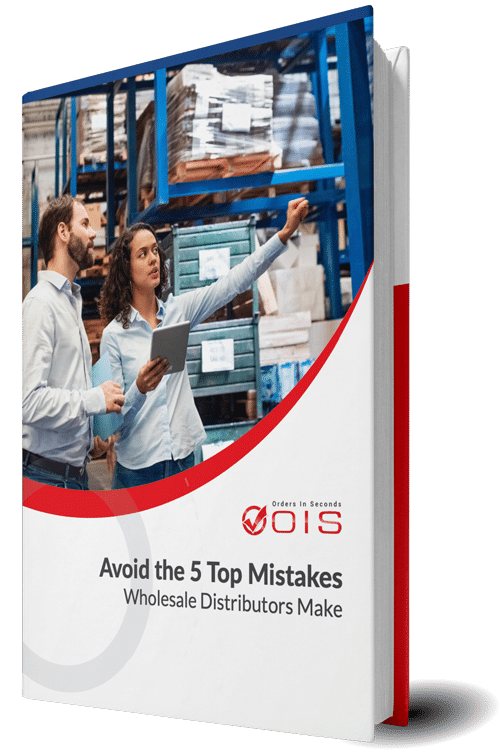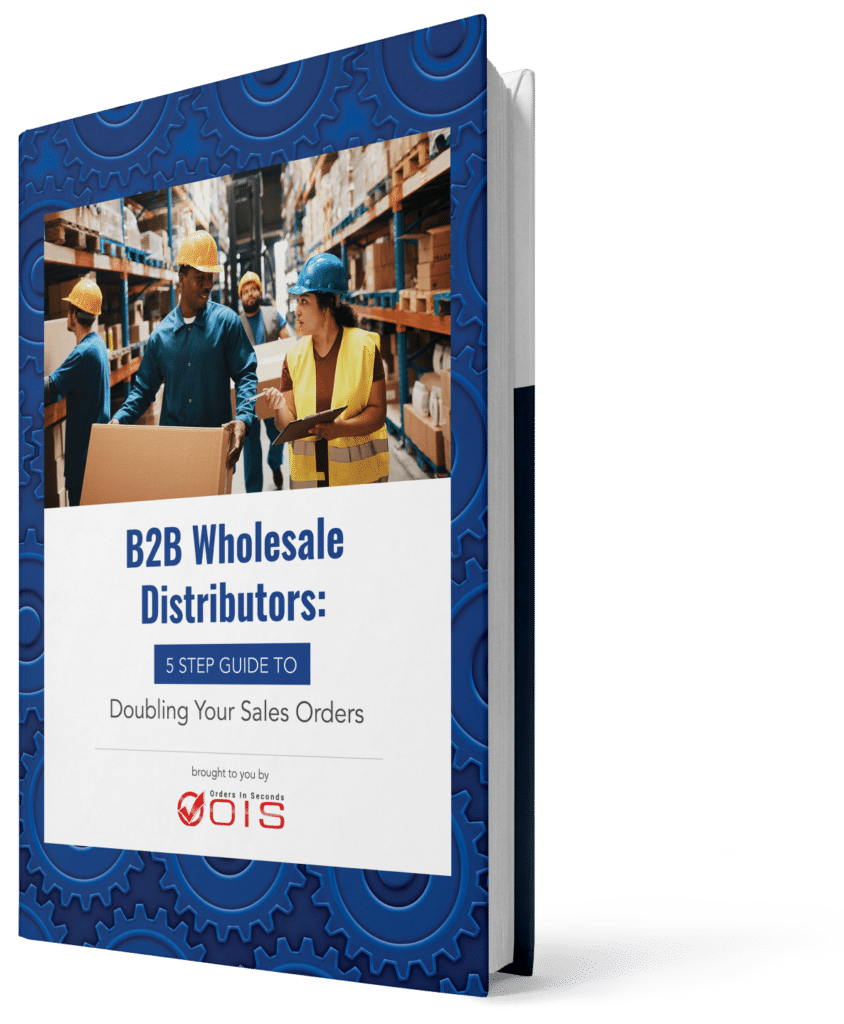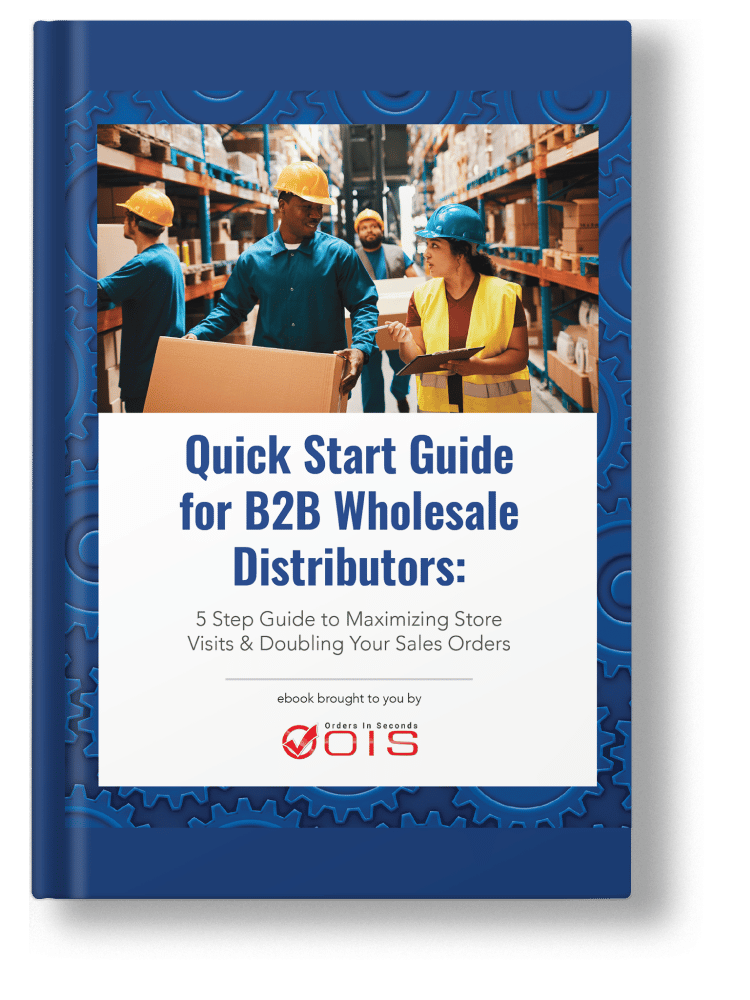Key Takeaways
Delivery route planning is essential for businesses to ensure timely, cost-effective deliveries and happy customers. Handling delivery logistics effectively can be complex, but this article will provide you with practical tips and tools to optimize your routes, minimize costs, and avoid common pitfalls.
- Effective delivery route planning optimizes the entire delivery process, enhancing productivity while minimizing costs and resources.
- Utilizing route planning software significantly increases efficiency, offering time savings, real-time traffic updates, and reducing travel distances.
- Choosing the right route planning software is crucial; options vary based on business size and needs, with features like automation and integration being key.
Table of Contents
- Understanding Delivery Route Planning
- Challenges in Manual Route Planning
- Benefits of Using Route Planning Software
- Key Features of Effective Route Planning Software
- Steps to Plan Efficient Delivery Routes
- Advanced Techniques for Optimizing Routes
- Proof of Delivery and Enhancing Customer Satisfaction
- Choosing the Right Route Planning Software
- Case Studies of Successful Route Optimization
- Future Trends in Delivery Route Planning
- Summary
- Frequently Asked Questions
- Discover the Power of the OIS Delivery App
Understanding Delivery Route Planning

Delivery route planning is a tool or software designed to create efficient routes for drivers automatically, often referred to as a delivery route planner. The core purpose is to ensure that deliveries are performed in the most efficient manner possible, considering factors such as pickup points, drop-off locations, delivery speed, travel time, and overall efficiency. Efficient route planning is not just about getting from point A to point B; it’s about optimizing the entire delivery process to maximize productivity while minimizing costs and resources. To effectively plan delivery routes, it is essential to analyze all relevant factors.
Good delivery routes lead to more fulfilled orders at a lower cost, significantly impacting the success of delivery operations. Automating operations with advanced software can significantly enhance delivery efficiency, reduce waste, and improve service options.
Recognizing the limitations of manual route planning helps optimize operations and maintain a competitive edge in the delivery business.
Delivery Route Optimization
Delivery route optimization is the process of finding the most efficient route for a delivery fleet to minimize travel time, fuel costs, and driver hours. It involves considering various factors like traffic conditions, delivery windows, vehicle capacity, and driver preferences.
Key Features of Route Planning Software
- Route Optimization Algorithms: These algorithms analyze multiple factors to determine the optimal route, considering distance, time, and traffic conditions.
- Real-time Tracking: Monitor delivery vehicles in real-time to track progress, identify delays, and re-optimize routes as needed.
- Driver Scheduling: Assign deliveries to drivers based on their availability, skills, and location.
- Proof of Delivery: Capture electronic signatures or photos as proof of delivery, ensuring accountability and transparency.
- Customer Notifications: Send automated notifications to customers about estimated delivery times and real-time updates.
- Integration with Other Systems: Integrate with existing systems like ERP, CRM, and telematics to streamline operations.
Challenges in Manual Route Planning
Manual route planning can significantly hinder a company’s growth and performance by draining profits and increasing inefficiencies. This process is time-consuming and labor-intensive, requiring a specific skill set that not all businesses possess. As business volume increases, these inefficiencies become more pronounced, leading to higher costs without a corresponding increase in income.
The complexity of transport planning without automated systems can result in operational chaos, often leading to missed or late deliveries that adversely affect customer relationships. Additionally, manual planning is fraught with errors, such as incorrect or incomplete addresses, which can cause delays and human errors.
Fleet managers face growing pressure to meet customer demands for quick deliveries while maintaining cost efficiency, highlighting the limitations of manual planning.
Benefits of Using Route Planning Software

Businesses that utilize route planning software experience substantial time savings, with drivers and customers benefitting from enhanced efficiency. Implementing route planners can increase productivity by 15-20%, allowing employees to focus more on core tasks. Moreover, companies can reduce travel distances by 10-15%, leading to significant fuel savings and reduced transportation expenses.
Software that provides real-time traffic updates can reduce delivery delays by up to 30%, ensuring timely and accurate route execution. Automated route optimization reduces errors and delays, resulting in better accuracy of delivery timelines.
Overall, effective route planning software optimizes the most efficient routes for accuracy and efficiency, significantly improving the operational productivity of delivery businesses while also enhancing planning routes with a route planner.
Key Features of Effective Route Planning Software

Key features of effective route planning software include automated route optimization, real-time tracking, and integration with other tools, enhancing its usability and efficiency.
These features enable businesses to plan efficient delivery routes, adapt to real-time changes, and integrate seamlessly with other systems, streamlining the delivery process.
Automated Route Optimization
Automated route optimization is a game-changer in the delivery industry. Software like Routific and RoadWarrior focus on avoiding criss-crossing and overlaps in routes, ensuring that drivers follow the most efficient paths. These tools can plan multiple routes, including delivery, service, and sales routes, by automatically evaluating and optimize routes based on delivery data, allowing for quick adjustments.
Dynamic route optimization continuously adjusts routes based on live data, such as traffic and weather conditions, ensuring timely deliveries. This technology not only saves time and costs but also increases delivery accuracy.
Real-Time Tracking
Real-time tracking maintains timely deliveries and provides operational oversight. GPS tracking provides constant monitoring of drivers and vehicles, enabling better oversight of delivery progress and allowing for timely modifications to delivery routes based on real-time data from GPS and traffic systems.
Integration with Other Tools
Integration with other tools, such as e-commerce platforms and fleet management systems, enhances the efficiency of route planning software. This seamless integration allows for better order management and delivery route creation, further streamlining delivery operations.

Planning efficient delivery routes requires collecting accurate addresses, considering delivery time windows, and optimizing driver schedules. Each of these steps ensures that planning delivery routes are done efficiently, reducing the risk of missed or late deliveries and improving overall customer satisfaction.
Collect Accurate Delivery Addresses
Accurate delivery addresses are critical for successful route planning. Inaccurate or incomplete addresses can lead to significant time losses, increased human errors, and delays.
Accurate and up-to-date delivery addresses are the first step in planning efficient routes and avoiding missed deliveries.
If mistakes are holding back your wholesale distribution business, download our free eBook “Avoid the Top 5 Mistakes Wholesale Distributors Make” and discover key strategies to optimize your operations for success!

Avoid the Top 5 Mistakes Wholesale Distributors Make
Consider Delivery Time Windows
Considering delivery time windows aligns with customer preferences and improves satisfaction rates. Specific customer preferences for delivery times can complicate route optimization, but incorporating these preferences ensures higher satisfaction and better alignment with customer expectations.
Optimize Driver Schedules
Optimizing delivery drivers schedules includes automating delivery sequencing and considering dynamic variables like traffic and weather. This ensures that delivery routes are efficient and timely, reducing the risk of overloading trucks and ensuring compliance with regulatory requirements.
Advanced techniques for optimizing routes include dynamic route adjustments, prioritizing deliveries, and minimizing fuel costs. These techniques help businesses respond to real-time changes, reduce operational costs, and improve overall delivery efficiency.
Dynamic Route Adjustments
Dynamic route adjustments maintain efficiency in delivery operations. Route optimization software adjusts planned routes in real-time, responding to current traffic conditions and other variables, ensuring that deliveries are timely and efficient.
Prioritizing Deliveries
Prioritizing deliveries means scheduling high-priority deliveries first to fulfill urgent customer needs and maximize satisfaction. Effective prioritization can significantly reduce costs associated with delivery errors and delays, especially for perishable goods or critical items.
Minimizing Fuel Costs
Minimizing fuel costs through route optimization involves analyzing delivery and travel times to reduce unnecessary travel distances and fuel consumption. This leads to significant cost savings and improved operational efficiency.
Proof of Delivery and Enhancing Customer Satisfaction
Proof of delivery is crucial for operational transparency and customer satisfaction. It confirms that goods have reached the correct recipient, essential for dispute resolution. Providing proof of delivery, such as electronic signatures or photo captures, fosters customer trust and enhances satisfaction, encouraging repeat business.
A robust proof of delivery system mitigates risks associated with lost or damaged goods, ensuring timely and accurate deliveries. Accurate route planning and timely deliveries can significantly enhance customer satisfaction rates, positively impacting a company’s reputation and growth.
Choosing the Right Route Planning Software
Selecting the right route planning software depends on your business needs and scale. For small to medium-sized businesses, software like Routific and Circuit for Teams offer user-friendly interfaces and powerful features. Larger enterprises may benefit from comprehensive solutions like Onfleet and OptimoRoute, which offer extensive features for last-mile delivery and flexible driver profiles and schedules.
Route4Me and RoadWarrior are also popular choices, each with unique strengths. Route4Me offers a marketplace of customizable add-on features, while RoadWarrior is geared towards solo drivers but has recently added team features for dispatchers.
Consider the specific needs and scale of your delivery operations when selecting route planning software.
Case Studies of Successful Route Optimization
Case studies of successful route optimization highlight the tangible benefits of using route planning software. These examples show how businesses have improved delivery efficiency and customer satisfaction through effective route optimization.
Small Business Example
Matthews International, a small business (quickbooks software for small business), utilizes Route4Me for route planning. By implementing this software, they have streamlined their delivery processes, leading to improved delivery efficiency and operations.
Large Enterprise Example
A large enterprise managed 500 sales routes and over 35,000 customers. Implementing advanced route optimization algorithms like Amazon’s CONDOR significantly improved their delivery efficiency and management of the extensive customer base.
Future Trends in Delivery Route Planning

Emerging technologies like AI, machine learning, and autonomous systems are shaping the future of delivery route planning. Autonomous vehicles and drones are being tested for last-mile delivery, promising improved efficiency and reduced costs. Predictive maintenance using AI monitors fleet performance, preventing breakdowns and enhancing efficiency.
Real-time tracking powered by IoT sensors enhances supply chain visibility, allowing logistics teams to respond swiftly to disruptions. These advancements are set to revolutionize the delivery industry, making route planning more efficient and effective than ever.
Summary
In summary, efficient delivery route planning is crucial for the success of any delivery business. By understanding the challenges of manual route planning, leveraging the benefits of route planning software, and implementing advanced techniques, businesses can significantly improve their delivery efficiency and customer satisfaction. Embrace these strategies and tools to stay ahead in the competitive delivery landscape.
Frequently Asked Questions
Delivery route planning is all about optimizing the routes drivers take to ensure timely and cost-effective deliveries. It uses software to factor in pickups, drop-offs, and travel times to make the whole process smoother.
Manual route planning can really slow you down, making it prone to mistakes and extra costs. This not only leads to late deliveries but can also hurt your relationships with customers.
How can route planning software benefit my delivery business?
Using route planning software can significantly boost your delivery business by saving time and reducing fuel costs. With features like real-time traffic updates, you’ll enhance delivery accuracy and keep your customers satisfied.
Key features of effective route planning software are automated route optimization, real-time tracking, and seamless integration with other tools. These capabilities help you plan routes efficiently and adapt to changes instantly, making your operations run smoothly.
To choose the right route planning software, focus on your business needs, user-friendliness, and integration capabilities. Evaluate options like Routific and Onfleet to find the best fit for you.
Discover the Power of the OIS Delivery App
Efficient delivery route planning is essential for any business aiming to optimize logistics, reduce costs, and improve customer satisfaction. By addressing the challenges of manual planning and leveraging the power of advanced software, companies can significantly enhance their delivery operations.
Introducing the OIS Delivery App—a comprehensive solution designed specifically for wholesalers, distributors, and manufacturers. The app automates order delivery, optimizes routes, and integrates seamlessly with your existing systems, ensuring faster and more accurate order fulfillment. With features like real-time tracking, proof of delivery, and on-the-spot invoicing, the OIS Delivery App empowers your team to deliver exceptional service while maximizing efficiency and profits.
Experience the OIS Delivery App in action and see how it can revolutionize your delivery operations.
Routing Programs for Delivery
These programs help businesses optimize delivery routes to increase efficiency and reduce costs. They often utilize GPS data, traffic information, and other factors to determine the most efficient paths for drivers.
- Examples: Google Maps, Waze, MapQuest
Courier Route Optimization Software
This specialized software is designed for courier companies and focuses on optimizing routes for multiple deliveries. It considers factors like driver availability, vehicle capacity, delivery time windows, and traffic conditions to create the most efficient delivery routes.
- Examples: Route4Me, OptimoRoute, Routific
Courier Route Planning Software
Similar to optimization software, this type of software helps plan efficient routes for couriers. It may include features for scheduling deliveries, assigning drivers to routes, and tracking deliveries in real-time.
- Examples: Circuit, Onfleet, Upper
Delivery Route Optimization Algorithm
These are the mathematical formulas and logic behind route optimization software. They use various techniques, such as the Traveling Salesman Problem (TSP) and genetic algorithms, to find the shortest or most efficient route that visits all delivery locations.
- Key Concepts:
- Shortest Path Algorithms: Dijkstra’s algorithm, A* search
- Heuristic Algorithms: Simulated annealing, genetic algorithms
Delivery Routing and Dispatch Software
This comprehensive software solution combines route planning and optimization with dispatching capabilities. It allows businesses to manage their entire delivery operation, from order intake to delivery completion.
- Key Features:
- Route planning and optimization
- Driver dispatching and communication
- Real-time tracking and monitoring
- Proof of delivery
Benefits of Using Routing Software:
- Reduced Costs: Lower fuel consumption, reduced driver hours, and minimized vehicle wear and tear.
- Increased Efficiency: Faster deliveries, improved driver productivity, and better resource utilization.
- Improved Customer Satisfaction: On-time deliveries, accurate ETAs, and better communication.
- Enhanced Data-Driven Decisions: Real-time data and analytics for better decision-making and performance tracking.
By implementing the right routing software, businesses can streamline their delivery operations, improve customer satisfaction, and gain a competitive edge in the market.





